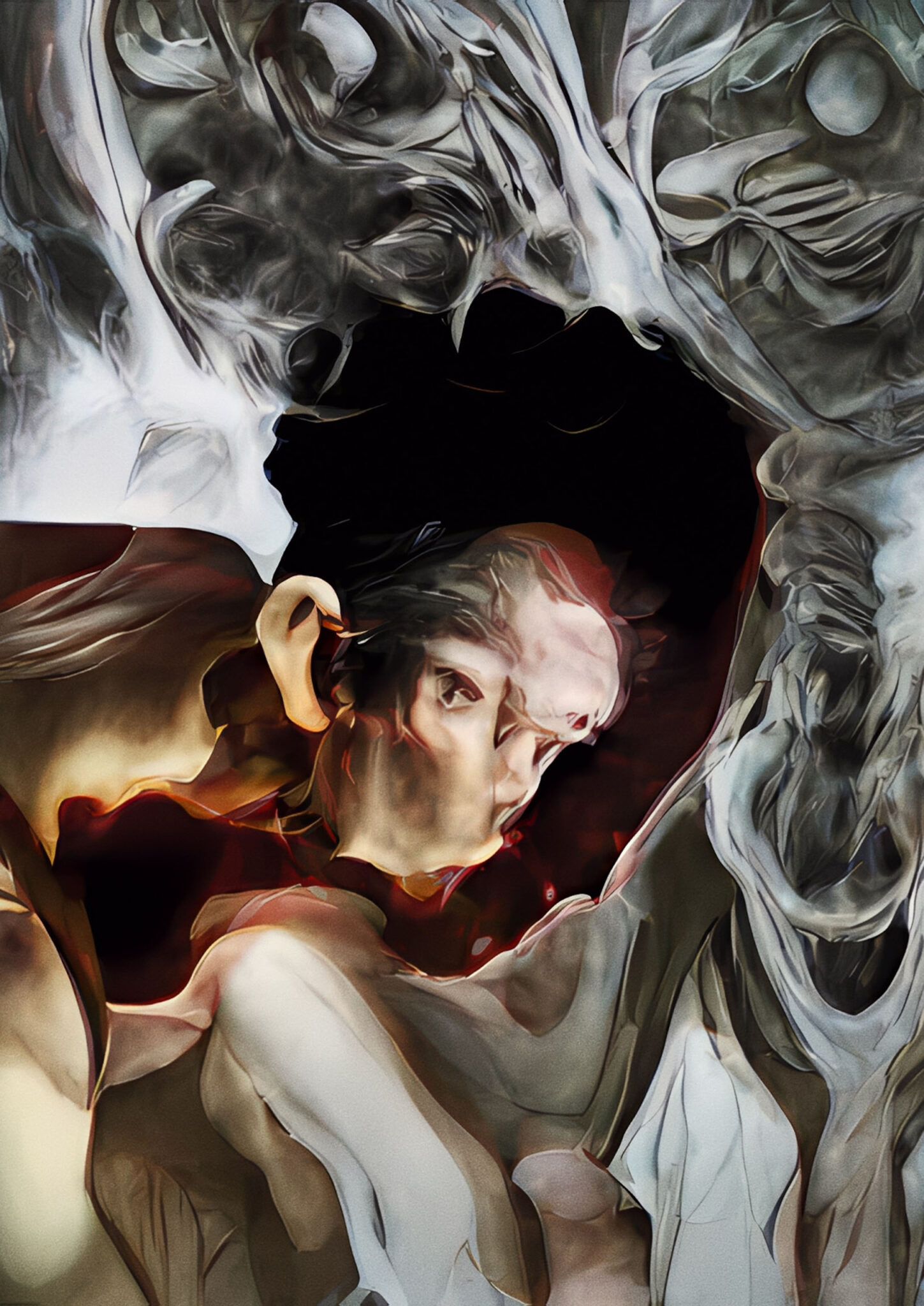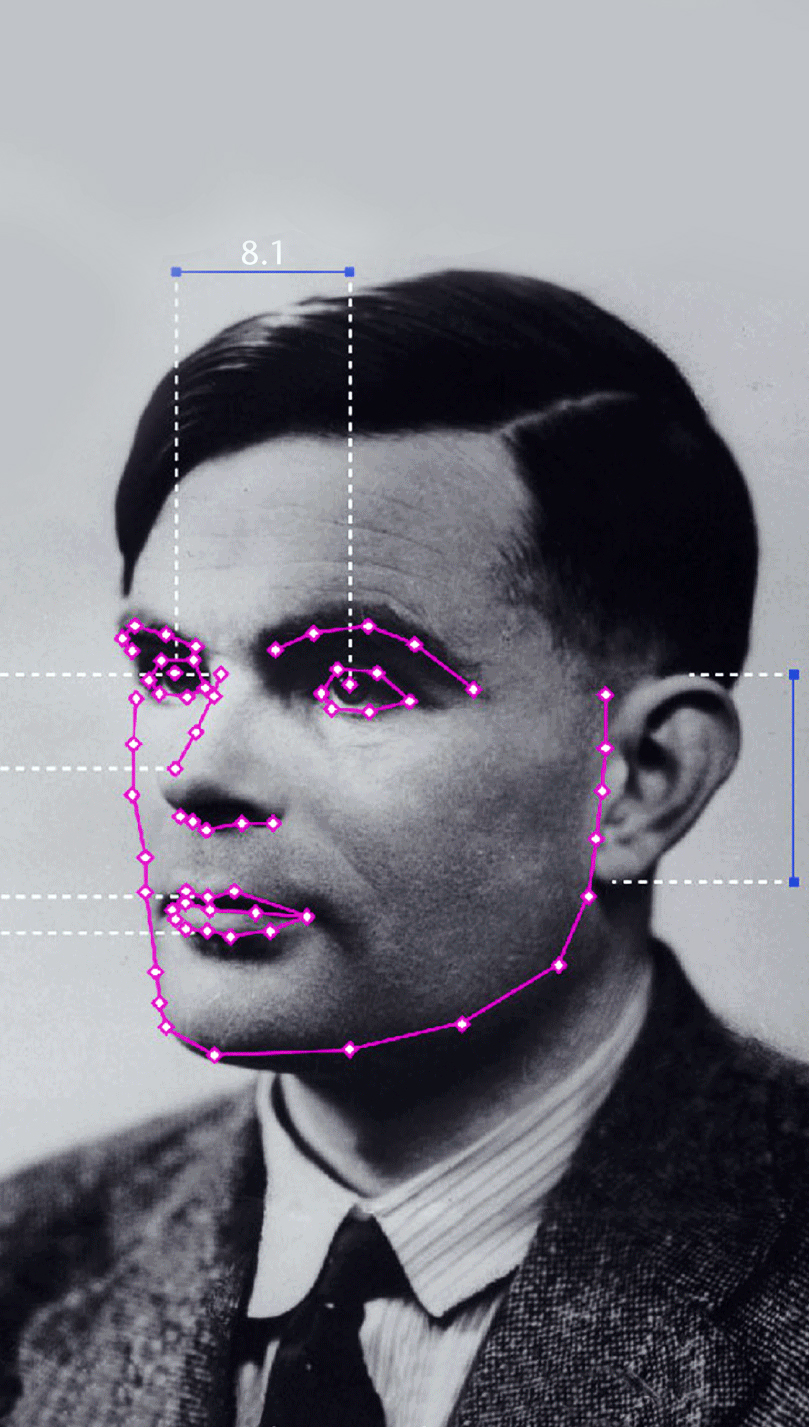
QUBIT AI: Robert Seidel
HYSTERESIS
FILE 2024 | Aesthetic Synthetics
International Electronic Language Festival
Robert Seidel – HYSTERESIS – Germany
HYSTERESIS intimately weaves a transformative fabric between Robert Seidel’s projections of abstract drawings and queer performer Tsuki’s vigorous choreography. Using machine learning to mediate these delayed re-presentations, the film intentionally corrupts AI strategies to reveal a frenetic, delicate and extravagant visual language that portrays hysteria and hysteresis in this historical moment.
Bio
Robert Seidel is interested in exploring abstract beauty through cinematic techniques and insights from science and technology. His projections, installations and award-winning experimental films have been presented at numerous international festivals, art venues and museums, highlighting his innovative approach to visual art.
Credits
Film: Robert Seidel
Music: Oval
Performer: Tsuki
Graphics: Bureau Now
5.1 Mixing: David Kamp
Support: Miriam Eichner, Carolin Israel, Falk Müller, Paul Seidel
Financing: German Federal Film Board




















